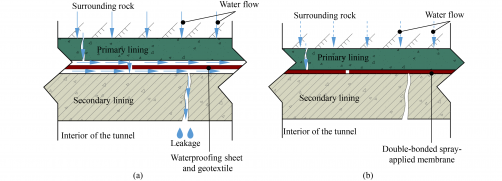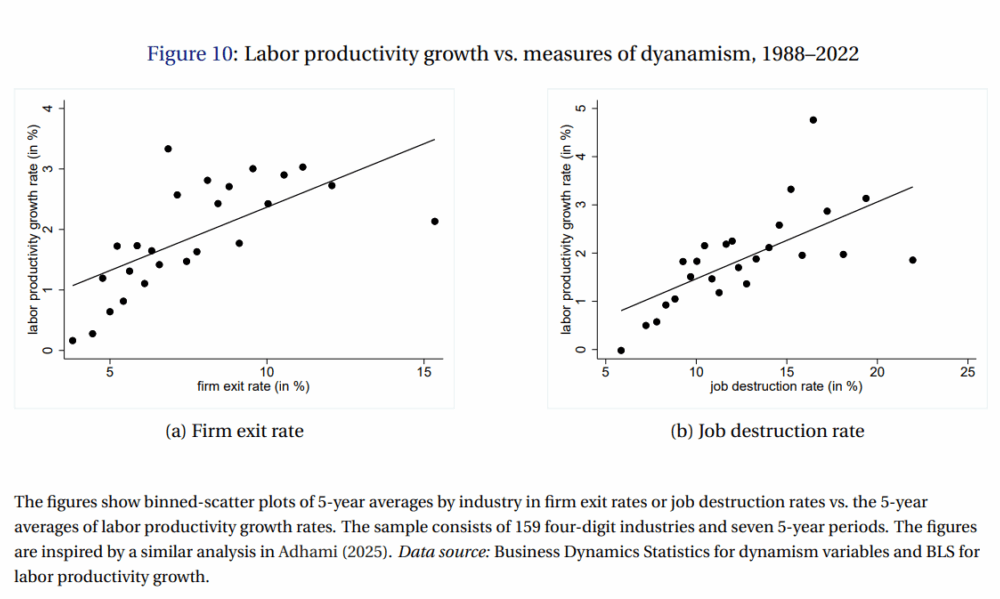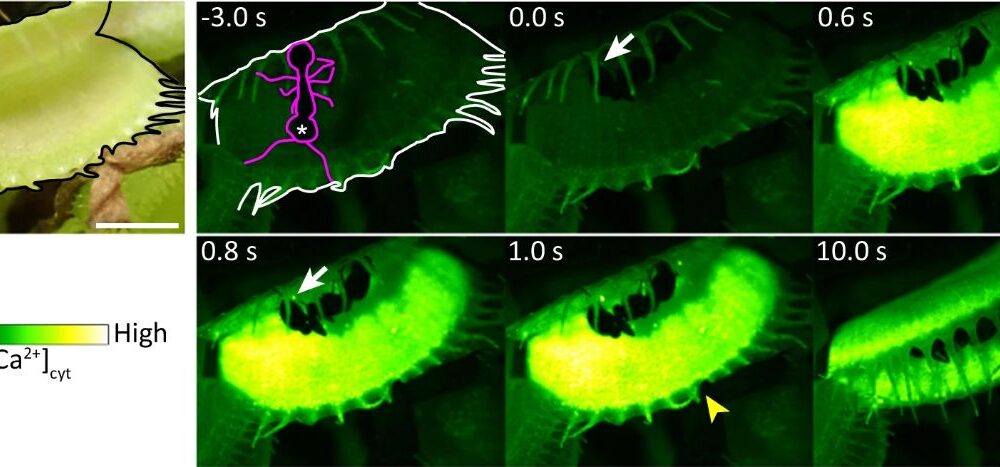In a significant advancement for tunnel engineering, a research team has developed a novel waterproof-drainage system designed to address persistent water leakage issues. This new system leverages double-bonded waterproofing materials to enhance structural integrity and operational safety in tunnels. Traditional systems have faced challenges, often resulting in water seepage that accelerates aging of tunnel linings and jeopardizes their safety.
The study, led by researchers including Xiaohe SUN and Chenghua SHI from Central South University, along with experts from PowerChina ZhongNan Engineering Corporation Limited and Beijing Oriental Yuhong Waterproof Technology Co. Ltd., introduces a concept known as “localized drainage and pressure reduction.” This approach specifically targets the unique characteristics of double-bonded spray membrane materials.
System Design and Components
The proposed system consists of four main components that work together to mitigate water pressure and improve drainage efficiency. The waterproofing element includes a double-bonded spray membrane situated between the primary and secondary linings, excluding the tunnel arch.
An upper circumferential drainage system utilizes plastic drainage sheets positioned between the membrane and primary lining, complemented by transversal guide pipes that channel groundwater into longitudinal pipes leading to a central ditch. The bottom circumferential drainage system includes bottom drainage blind pipes for collecting surrounding rock groundwater, alongside vertical guide pipes that direct water to the central ditch. Finally, the longitudinal drainage system features blind pipes, side ditches, and a central ditch to effectively discharge groundwater outside the tunnel.
Numerical simulations, specifically steady-state seepage analysis, were employed to evaluate the system’s performance. Results indicate that water pressure on the secondary lining exhibits distinct distributions, characterized by a circumferential “mushroom shape” that decreases from the arch to the tunnel bottom, and a longitudinal “wave shape” peaking between the drainage systems.
Performance and Applicability
In comparative tests under typical conditions, including a water head of 160 meters and a rock permeability of 10−6 m/s, the new system demonstrated a maximum secondary lining water pressure of 0.6 MPa. This figure is a notable 65% reduction compared to conventional fully encapsulated waterproofing methods, which show pressures reaching 1.7 MPa, and a 30% decrease compared to traditional drainage systems at 0.86 MPa.
The system’s design significantly lowers static water pressure by at least 40% across various groundwater environments. In ultra-low permeability strata, the reduction can be as high as 85%. Notably, the system exhibits strong adaptability, with bottom blind pipes being most effective in high-permeability rock, while upper drainage sheets excel in low-permeability conditions.
The findings of this research were published in the paper titled “A Novel Tunnel Waterproof-Drainage System Based on Double-Bonded Waterproofing Materials and Its Seepage Characteristics,” authored by Xiaohe SUN, Chenghua SHI, Guoqing XIAO, Yangyang GE, and Chengyong CAO. For further details, the full text of the paper can be accessed at: https://doi.org/10.1007/s11709-024-1100-4.
This innovative approach to tunnel waterproofing not only promises enhanced safety and durability for tunnel infrastructure but also opens new avenues for engineering practices in challenging environments.







